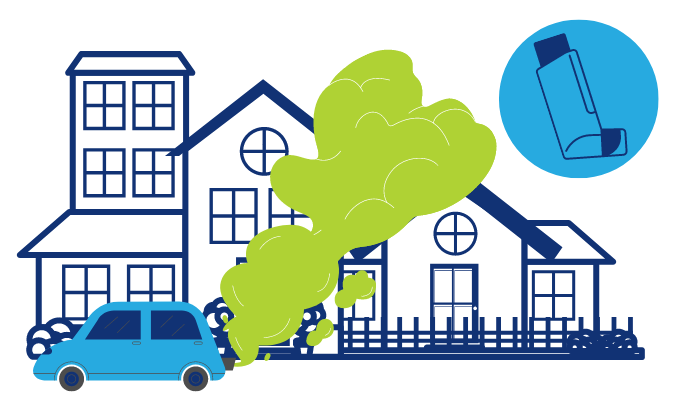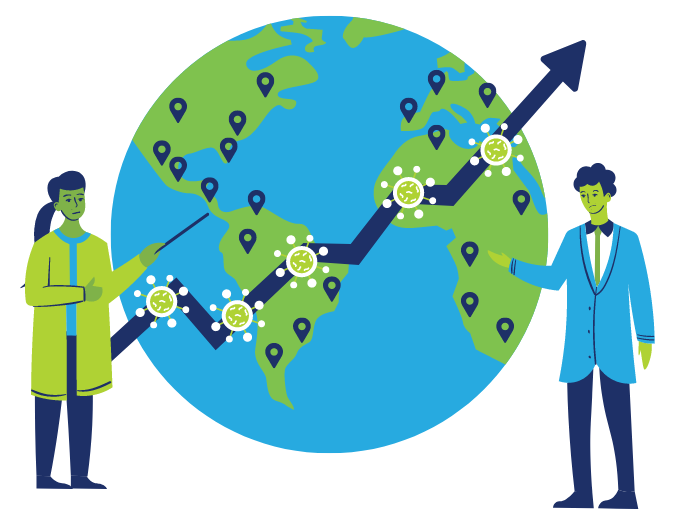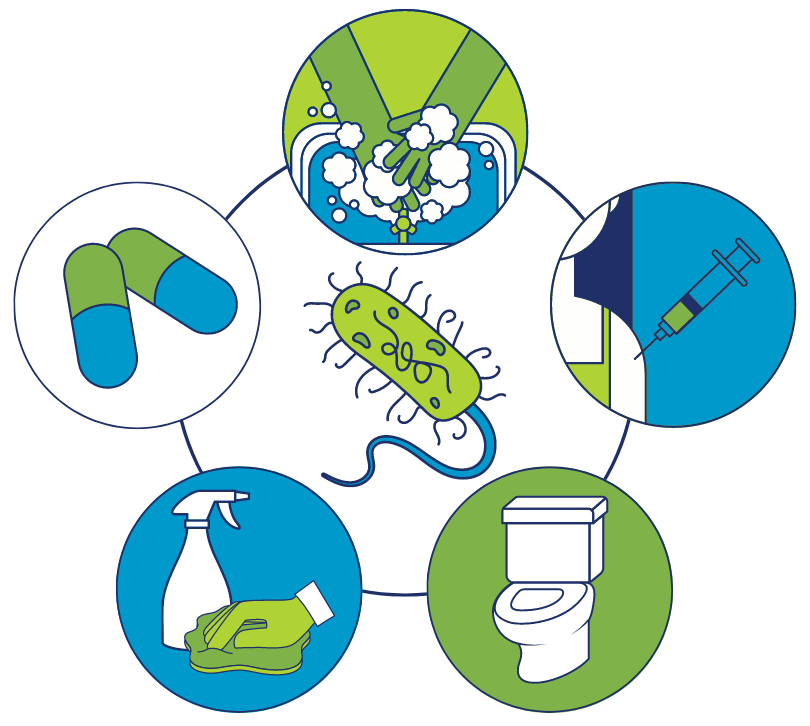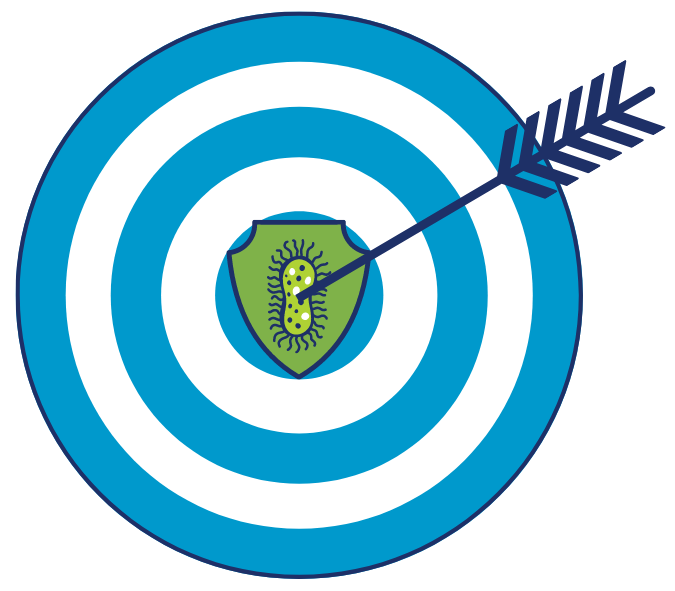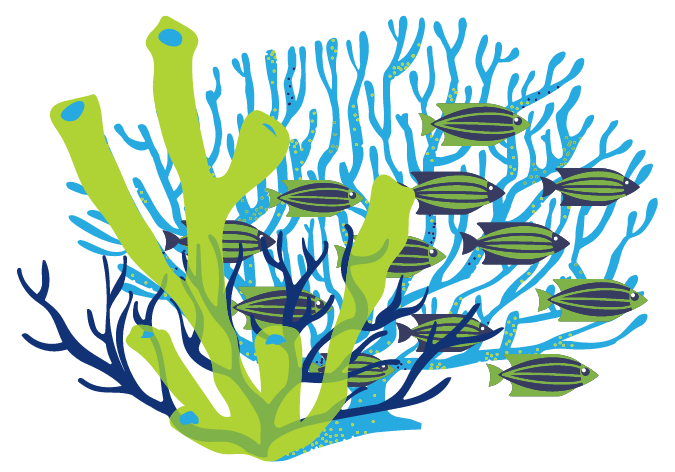
Coral reefs are literally the foundation for much of the life on Earth. These living cities are made up of animals –coral – which exist in symbiosis with algae.
They are home to thousands of species of fish, as well as important to the lives of as many as a billion people who rely on their production of food, their protection of coastal areas, and their attraction for tourists. They’re ancient, too, and have survived for millions of years.
But now coral reefs are under threat, from pollution, changing temperatures, and disease. Alizée Zimmermann, executive director of the Turks & Caicos Reef Fund, says she was startled to see one particular disease, stony coral tissue loss disease, kill off 500-year-old corals in the span of a few weeks.
Her organization has started to preserve coral species, maintaining them in a lab to save them for when they might safely be returned to the sea. It’s a complicated project and they are racing against time to save species before they go extinct. It’s too late for some. The United Nations Environment Program estimates that 14 percent of the world’s corals died between 2009 and 2018. To stop stony coral tissue disease from killing off selected colonies in the ocean, Alizée’s team has even had to apply a specially formulated antibiotic to save these creatures and the ecosystem they comprise.
In this episode of One World, One Health, Alizée explains why corals are so important to everyone, and she talks about some of the creative ways she and her colleagues are working to save these animals that are so important to so many.
Maggie Fox 00:01
Hello and welcome to One World, One Health where we take a look at some of the biggest problems facing our world. I’m Maggie Fox. This podcast is brought to you by the One Health Trust with bite-sized insights into ways to help address challenges, such as infectious diseases, climate change, and pollution. We take a One Health approach that recognizes that everything on this planet — the animals, plants and people, and the climate and environment — are all linked.
Climate change is affecting everyone, everywhere. But one place people often forget to look is underwater. That’s too bad because it’s beautiful down there, especially in and around coral reefs. A living reef is beautiful in and of itself, with billions of tiny colorful organisms living literally on top of one another. They, of course, provide food and shelter for fish and many other species of animals. Plus, they provide a physical barrier protecting coastal areas from ocean storms and floods. And they’re the source of many newly discovered species, maybe even future antibiotics or cancer drugs.
Alizée Zimmerman is dedicated to saving coral reefs. She’s the director of the Turks and Caicos Reef Fund, a group working to preserve these valuable resources. She’s joining us in this episode of One World One Health to tell us about some of the creative ways her group has found to save coral. –
Alizée, thank you so much for joining us.
Alizée Zimmermann 01:36
Thank you so much for having me. Pleasure to be here.
Maggie Fox 01:40
Why do we need to bother about coral? I mean, it’s pretty and all but does humanity need it?
Alizée Zimmermann 01:46
Oh, what a great question to start (with). I mean, I love coral in so many ways. They are one of the most fascinating animals on earth, and I stress that animal part. Yes, humanity does need coral reefs. Our dependence on coral reefs, especially for coastal communities, is vast.
So yes, they are pretty! And I do like to say that no matter what, we do need to maintain and keep that connection to the joy that nature brings. As a human species, I think that’s a really big part of our disconnect. But I do tell people, especially for the Turks and Caicos, which is where my specialties lie, that the coral reefs are the source of everything. They are quite literally the source of the physical land on which I’m currently standing. We are an ancient coral reef system. These islands are the source of our food security, they are the source of our coastal protection. And this is not just for places like the Turks and Caicos, but coastal communities along the east coast of the United States, the southern east coast, and all around the world. If you live along the coast, you are likely protected, (and) the land on which you are is protected by these coral reef ecosystems. And then of course, 25 percent of all marine life gathers around, living in dependence on coral reef ecosystems.
Maggie Fox 03:03
And you’re creating what sounds to me like a kind of Noah’s ark to save coral, can you tell us a little bit about the project?
Alizée Zimmermann 03:12
Essentially, yes, Noah’s Ark, if you will. But instead of just having a male and female or two specimens with coral we need a selection of genetic material —what’s called genotypes —which are genetically unique individuals. Corals are a colonial animal. Imagine a little upside-down jellyfish that lives inside a rock that it creates itself.
In order to keep certain species from extinction, we are, alongside many other organizations creating a biobank of corals, so that if and when the conditions in the wild are more favorable to keeping ecosystems alive, then those species haven’t been lost forever.
A lot of work is being put into doing that. And if the reason behind the coral arc were a biobank, that is a very large question that really leads back to, in our case, Stony Coral Tissue Loss Disease (SCTLD), and an epidemic that is changing the face of coral reefs at an unprecedented rate in an unprecedented way in the Caribbean (and the) Atlantic. And so, it’s a time sensitive necessity to bring these corals in.
Maggie Fox 04:20
So, what you’re saying is, this is an urgent problem. Tell us about this Stony Coral Tissue Loss Disease, what it is and how it’s come about?
Alizée Zimmermann 04:28
Stony Coral Tissue Loss Disease is still being figured out, funnily enough. It first appeared in 2014 in Miami during routine monitoring for a dredging project. We’re coming on 10 years, and millions of dollars have been invested into the research. But coral microbiomes are incredibly complex, so, we still don’t have a definitive answer as to what SCTLD is. We know that it has a bacterial component because antibiotics stop the progression. They do not inoculate. However, more recent research is showing a viral component, that a plant virus attacks the symbiotic algae within the coral tissue, the zooxanthellae, and then a secondary bacterial infection was opportunistic.
Maggie Fox 05:16
So, it’s complicated, just like the ecosystem that the corals live in.
Alizée Zimmermann 05:20
Yes, exactly. It’s incredibly complicated. Corals are the most complicated simple creatures you will ever meet. They are incredibly simple when you just look at them in their basic form. And yet they have the complexity of being able to spawn at the same time, hundreds of miles apart. They have the complexity of being able to lose their symbiotic algae, regain their algae, reproduce, and change sex.
Maggie Fox 05:46
Maybe we should explain a little bit to listeners who might not know how the symbiosis between the coral and the algae.
Alizée Zimmermann 05:53
So, a coral in and of itself, the animal which does look like a little upside-down jellyfish. Each, coral polyp has tentacles and mouth. And it has a best friend that lives inside its skin, and that gives a color, a symbiotic alga called zooxanthellae or ‘zoox’. They photosynthesize and provide up to 80 percent of the gross nutrition. And the other 20 percent is by grabbing phytoplankton and eating. I have fed worms and shrimp to coral. I’ve seen them eat a hermit crab; they very much are omnivores. And so, when I say corals are an animal, they really do react, and they love to eat. And so that symbiotic relationship between the coral and the algae is one of the main ways why corals are so resilient, and what gives them their beautiful colors as well.
Maggie Fox 06:46
Okay, now it sounds like they’re really resilient creatures. So, it seems to me that it’s exceptionally worrying that there’s something that can kill something so adaptable.
Alizée Zimmermann 06:56
It is exceptionally worrying. They are resilient; when the conditions are at their norm, coral will continue (to grow). They are essentially immortal. I’ve seen worlds that are five hundred plus years old. There are a thousand plus year old colonies, and they continue to grow and grow. And yes, when you see something that has survived the last five hundred years of what has been thrown at and the changes in the environment, and in the span of less than a year, they’re just wiped out, it makes you realize there’s something much, much bigger now.
Maggie Fox 07:28
And you’re looking at that you say there’s something bacterial, something viral, do water temperatures have anything to do with it.
Alizée Zimmermann 07:35
So, when it was first observed, that had been an unusually hot summer. Although 10 years later, our definition of unusually hot has unfortunately changed. This year (2023) was ‘unusually’ hot, I’ve never seen anything like it. But what we did see actually, when we got it here in 2019, was that when the coral started to bleach, the disease progression actually stopped. And this is where that first interest in it being a potential plant virus that starts the process of what becomes a SCTLD would go. So, this summer, we had the same thing, we had the most severe bleaching event we’ve ever seen, shocking! And now that the corals are regaining their symbiotic algae, we are seeing an outbreak of this disease, and the corals are still weak from months of being without their main source of nutrition. So, the correlation isn’t this, it’s hard to say, well, when the bleaching happens, the disease stops. Because that doesn’t sound like it’s a positive. But unfortunately, the correlation here is a hard one for the corals because damned if they do, damned if they don’t as far as the algae at the moment.
Maggie Fox 08:39
How hard are they to keep alive?
Alizée Zimmermann 08:42
You know what they’re picky. They are a little prima donna diva, the temperature needs to be just right, the light needs to be just right, the water flow (needs to be just right). As they grow, they start absorbing calcium to grow, and (use up) alkalinity. So, we have to dose the water to keep their nutrients up. It’s not something you can just pick up. Then we got the grant and realized that we really needed to do this work. I had no background. And so, we had to partner with a scientific organization that’s familiar with rural husbandry, and really learn the water chemistry parameters. But anyone can do it. I never had a goldfish in a tank before and no pressure or anything, (but now) I have some of the most endangered species in the region who are living under a roof. So yeah, there is a learning curve. But it is something that can be done. I think one of our main passions is showing that small islands with limited resources can do this. And if we can create hubs around the world or throughout the region, then we really have a chance to keep that genetic diversity going.
Maggie Fox 09:43
And then how do you protect the coral from disease? Can we talk a little bit about those antibiotic treatments you’re using?
Alizée Zimmermann 09:50
Back in 2019, a pharmaceutical company in Florida called Ocean Alchemists, which was actually just a couple who took time, and were given permission from the lab they worked in during the day, to use the lab at night to try and formulate something that could help save coral. And it’s called Base2B. It’s a pharmaceutically designed piece that is both hydrophobic and slow releasing. But the idea is we mix amoxicillin at a one to eight ratio in that paste. For example, 50 grams of amoxicillin to 400 grams of Base2B, which would be enough to treat ten large corals and up to twenty smaller ones. So, we mix all that up, and it’s this like thick, almost like a cake batter. And then we use a spatula, and we shove it into these 60 milliliter catheter tip syringes. We actually apply that paste directly on to the lesion margin. So, this disease has a very specific demarcation of where it’s sick versus healthy. Although we don’t know how far into the healthy tissue the disease is, the pathogen has already traversed. So usually, we go along the edge and over one or two polyps or about a centimeter or two into the healthy tissue, and we cover that with this paste, which is then absorbed over three days. It has a really high success rate for stopping individual lesions.
However, it has no inoculative effects, so it doesn’t prevent reinfection, which is one of the bigger issues. The idea for it is to use it to treat large target colonies that are reproductive that have already survived 500 plus years, and that we see dying. The entire 500 years of history of tissue is gone in two weeks. Keeping those alive so that they can reproduce and continue populating the reef is the point of the antibiotic treatment, rather than trying to go and save everything.
Maggie Fox 11:47
Now, one big global problem, of course, is antibiotic resistance. And to many people, it sounds dangerous to be putting antibiotics right into the ocean. So how do you guard against just spreading these precious drugs willy-nilly into the environment?
Alizée Zimmermann 12:04
The time sensitive nature of this disease, and the rapidity with which it is put out entire species leaves very little time for prolonged experimentation. So yes, we are putting the antibiotic, but in this paste, which again, is hydrophobic. So, the idea is that it prevents or minimizes, to the best that it can, any leaching directly into the water and releases it into the coral, but on a small and targeted face. So as much as I agree, it’s not the ideal solution,. Scientists are working hard to try and find alternatives. Probiotics are definitely the route that we’re looking at. But we’re five, maybe ten years away from something that’s going to be creatable and marketable in our small island countries. And so, what will be left in five or ten years is the question.
Maggie Fox 12:53
And you also mentioned that the antibiotics, just as in anything you use antibiotics for, it’s not a vaccine. Is there work on somehow vaccinating these corals?
Alizée Zimmermann 13:02
So, probiotics is really the vaccine option there. Because what’s wonderful in lab tests out of Dr.Blake Ushijima’s Coral Health and Marine Probiotics lab with the Smithsonian Marin Station, is that they’ve seen, when finding this specific bacteria that lives in that one colony that seems to be immune, and replicating those probiotics, then colonize not only the colony that you treat with them, but they will actually go and colonize the colony next to them. So, this gives us an opportunity to treat one coral and maybe inoculate 10, which I mean, that is a wonderful goal. But probiotics require a different formula for every little area because we have different microbiomes.
Maggie Fox 13:42
And the microbiome is your own personal collection of organisms of microorganisms. And like humans do, coral also has a microbiome.
Alizée Zimmermann 13:53
Exactly, and a complicated one of that. But that is the goal, to move away from antibiotics. And we have tested other non-antibiotic treatments, and as I mentioned, really are trying to only use it on very specific large colonies to minimize the use of it.
Maggie Fox 14:08
Alizée, thank you so much for taking the time to join us.
Alizée Zimmermann 14:14
Thank you, Maggie. It was a real pleasure. I appreciate any opportunity to highlight the plight of our oceans and coral reefs.
Maggie Fox 14:22
Listeners, if you enjoyed this podcast, please share it. You can learn more about this podcast and other important topics at onehealthtrust.org. And let us know what else you’d like to hear about at OWOH at onehealthtrust.org Thanks for joining us.
Guest
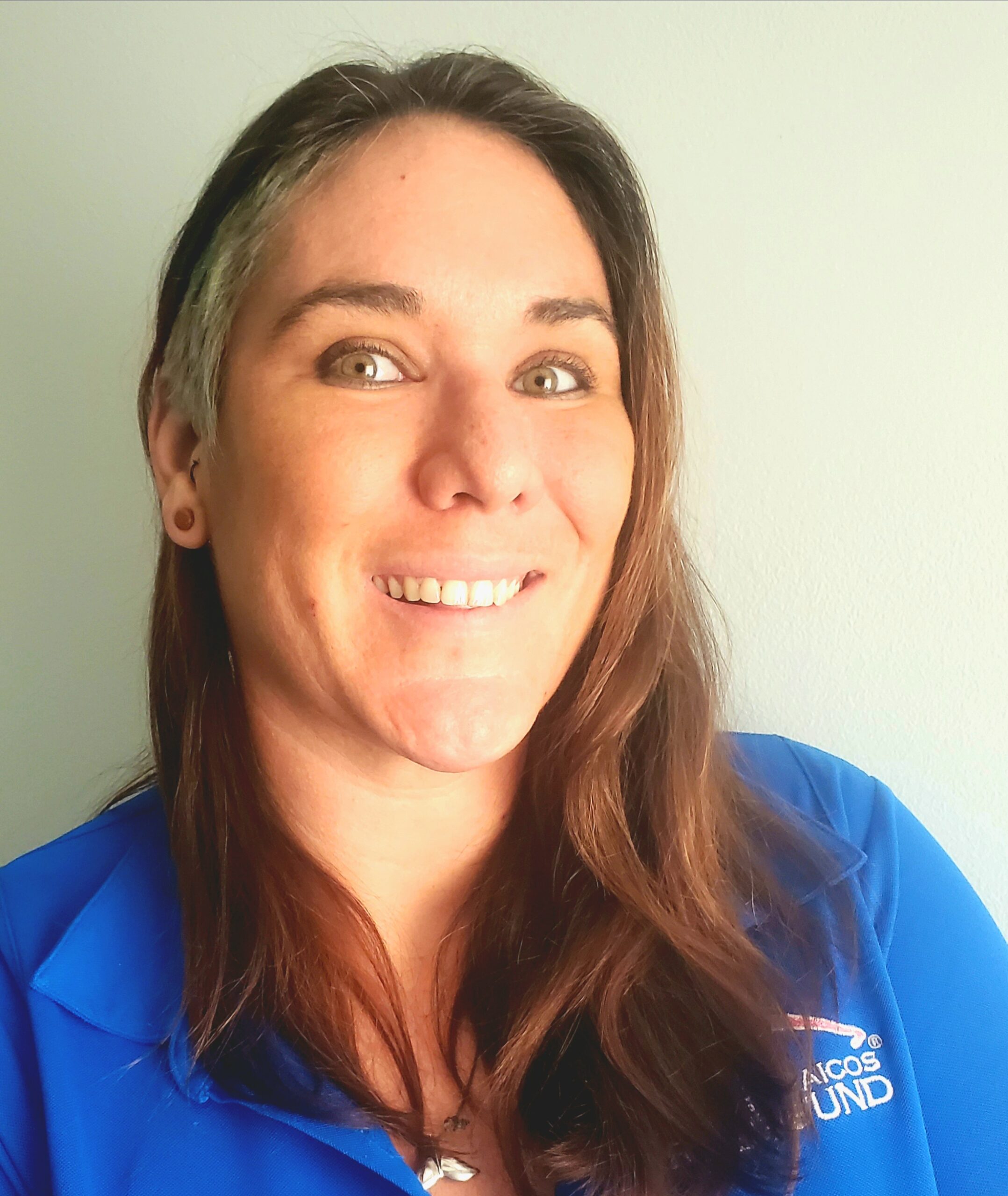
Alizée Zimmermann, a native of the Turks & Caicos Islands (TCI), has a deep-rooted love for the ocean. With a Master’s degree in Literature, she ventured into international language teaching and SCUBA instruction before returning to TCI in 2016. Volunteering with the Turks & Caicos Reef Fund (TCRF) led her to become an AGRRA Benthic trainer, catalyzing her involvement in marine science and environmental assessments. Starting in 2019, she began to spearhead efforts to combat stony coral tissue loss disease (SCTLD), expanding her role as a regional mentor and eventually becoming TCRF’s executive director in 2021.
Under her leadership, TCRF has established the UK Overseas Territories’ first coral bio-bank and collaborated with universities and organizations to protect TCI’s marine environment. Alizée is dedicated to fostering marine education and access for local youth while focusing on coral genetic connectivity across the region. She advocates for collective action in Caribbean/Atlantic conservation, emphasizing the unity needed to safeguard shared waters.
Alizée’s journey embodies a lifelong commitment to preserving and enhancing the marine ecosystems of TCI and beyond.
Credits
Hosted and written by Maggie Fox
Special guest: Alizée Zimmerman
Produced and edited by Samantha Serrano
Music composed and sound edited by Raquel Krügel
Transcript edited by Namitha Prabhu

